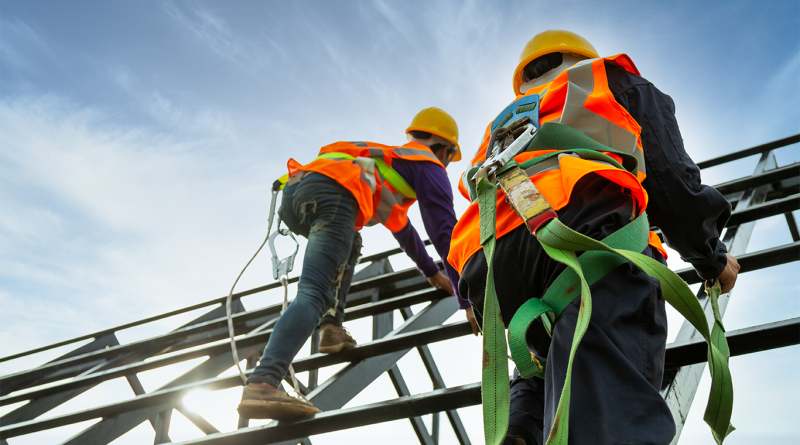Nearly Half a Million New Workers Needed to Meet US Construction Demand
The US construction industry faces a significant labor challenge, with projections indicating a need for an additional 439,000 workers to meet growing demand for this year. This shortage, driven by an aging workforce, declining interest among younger workers, and post-pandemic economic shifts, poses serious risks to infrastructure development, housing projects, and overall economic stability.
Factors Driving the Construction Labor Shortage
A major contributor to the labor gap is the high rate of retirement among skilled construction workers. The average age of a construction worker in the US is now over 42 years old, and as seasoned professionals leave the industry, fewer replacements are entering the field at a sustainable rate.
The younger workforce is gravitating toward white-collar and tech-based careers, additionally, a strong societal emphasis on four-year college degrees over vocational training has reduced the pipeline of skilled tradespeople.
The pandemic accelerated labor force departures, with many workers seeking new career paths or opting for early retirement. Additionally, supply chain disruptions and project delays led to inconsistent work opportunities, discouraging new entrants from pursuing construction careers.
Despite competitive salaries and significant career growth opportunities, construction jobs are often associated with unstable employment, physically taxing conditions, and limited career mobility.
Economic Implications of the Construction Labor Shortage
The shortage of skilled workers directly impacts project timelines, leading to costly delays across residential, commercial, and infrastructure projects. With fewer workers available, construction firms struggle to meet deadlines, increasing overall project expenses and creating bottlenecks in critical developments such as housing and transportation.
The housing market is already strained due to high material costs and supply chain disruptions. A workforce shortage further exacerbates the problem, slowing down home construction and limiting inventory. This, in turn, drives up home prices and rent, making affordability a growing concern. Similarly, infrastructure projects, including roads, bridges, and energy facilities, face setbacks, delaying much-needed modernization efforts across the country.
The construction industry contributes significantly to the US economy, accounting for over 4% of GDP. A persistent labor shortage hinders economic growth by reducing output, limiting job creation, and increasing inflationary pressures. Higher labor costs translate into more expensive projects, affecting government spending on public works and private sector investments in commercial developments.
Construction firms are integrating automation, robotics, and digital tools to compensate for labor shortages and enhance efficiency. Technologies such as drone surveying, 3D printing, and modular construction methods reduce reliance on manual labor while maintaining high-quality standards.
Government initiatives, such as workforce development grants and immigration reforms, could provide relief by allowing more skilled workers to enter the US construction labor market. Additionally, incentives for trade schools and construction apprenticeships can encourage more individuals to pursue careers in the field.
Case Studies and Success Stories
Some construction firms and organizations are taking proactive steps to mitigate the workforce crisis. For example, ABC (Associated Builders and Contractors) has expanded its workforce development programs, training over 1.3 million industry professionals in 2023.
Similarly, major contractors are investing in prefabrication and modular construction, which streamline building processes and reduce reliance on on-site labor. Companies such as Katerra and Turner Construction have leveraged off-site production to complete large-scale projects more efficiently despite workforce shortages.
In states with booming construction demand, such as Texas and Florida, local trade schools and community colleges are partnering with construction firms to create specialized training programs. The Colorado Homebuilding Academy, for instance, offers free training to individuals interested in the skilled trades, providing direct job placements upon completion.
Public-private partnerships have also played a significant role in addressing workforce challenges. In California, initiatives like Build California work to reshape the perception of construction careers among younger generations, showcasing opportunities in high-tech and sustainable building practices.
The growing demand for skilled labor presents both a challenge and an opportunity—one that requires a strategic, long-term approach. With appropriate investment in workforce training, embracing technological advancements, and fostering stronger partnerships between industry leaders, educators, and policymakers, the industry can build a more resilient and sustainable labor force for the future.
Sources:
To keep up-to-date with our latest construction news, subscribe to our newsletter today.
